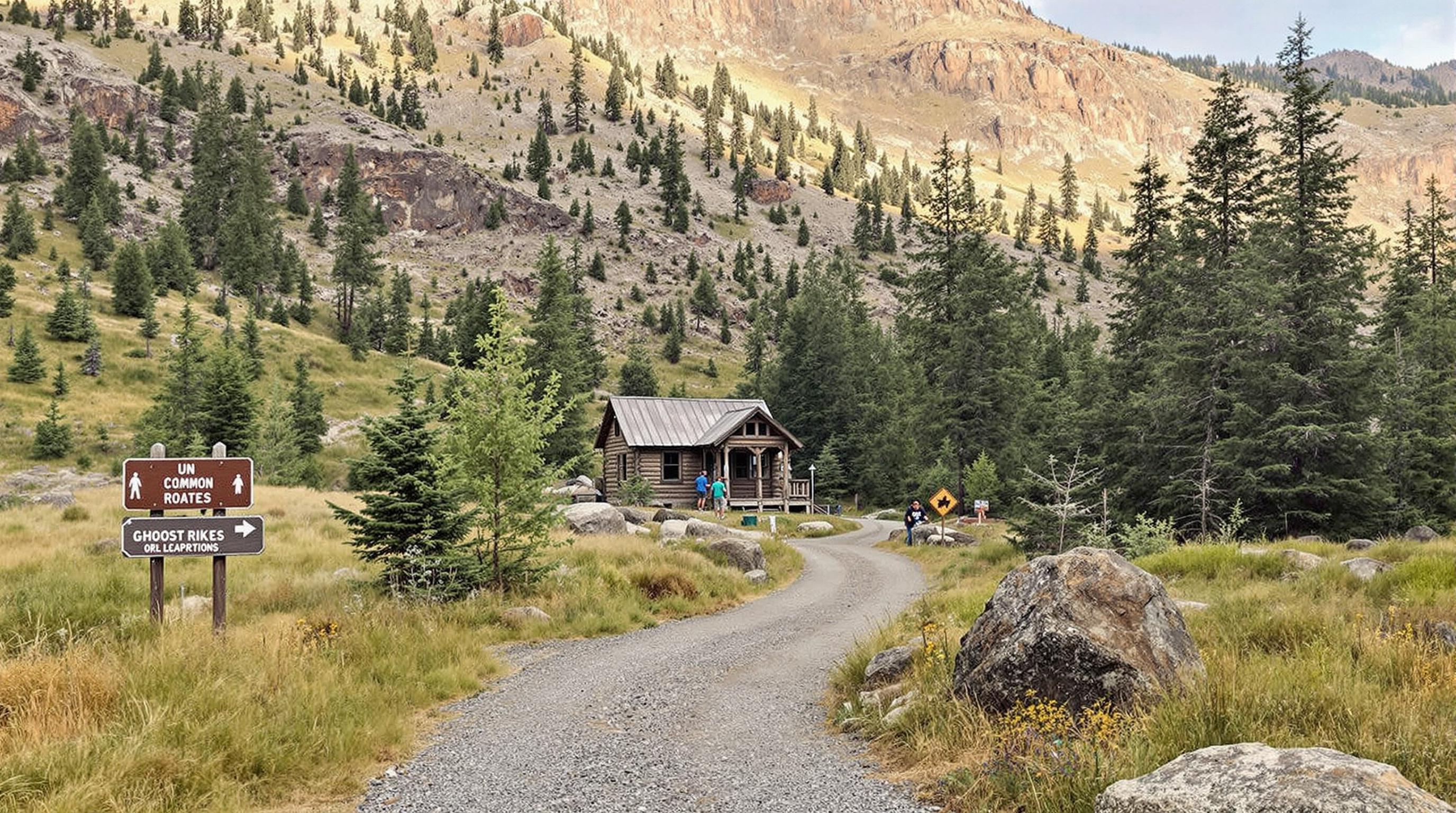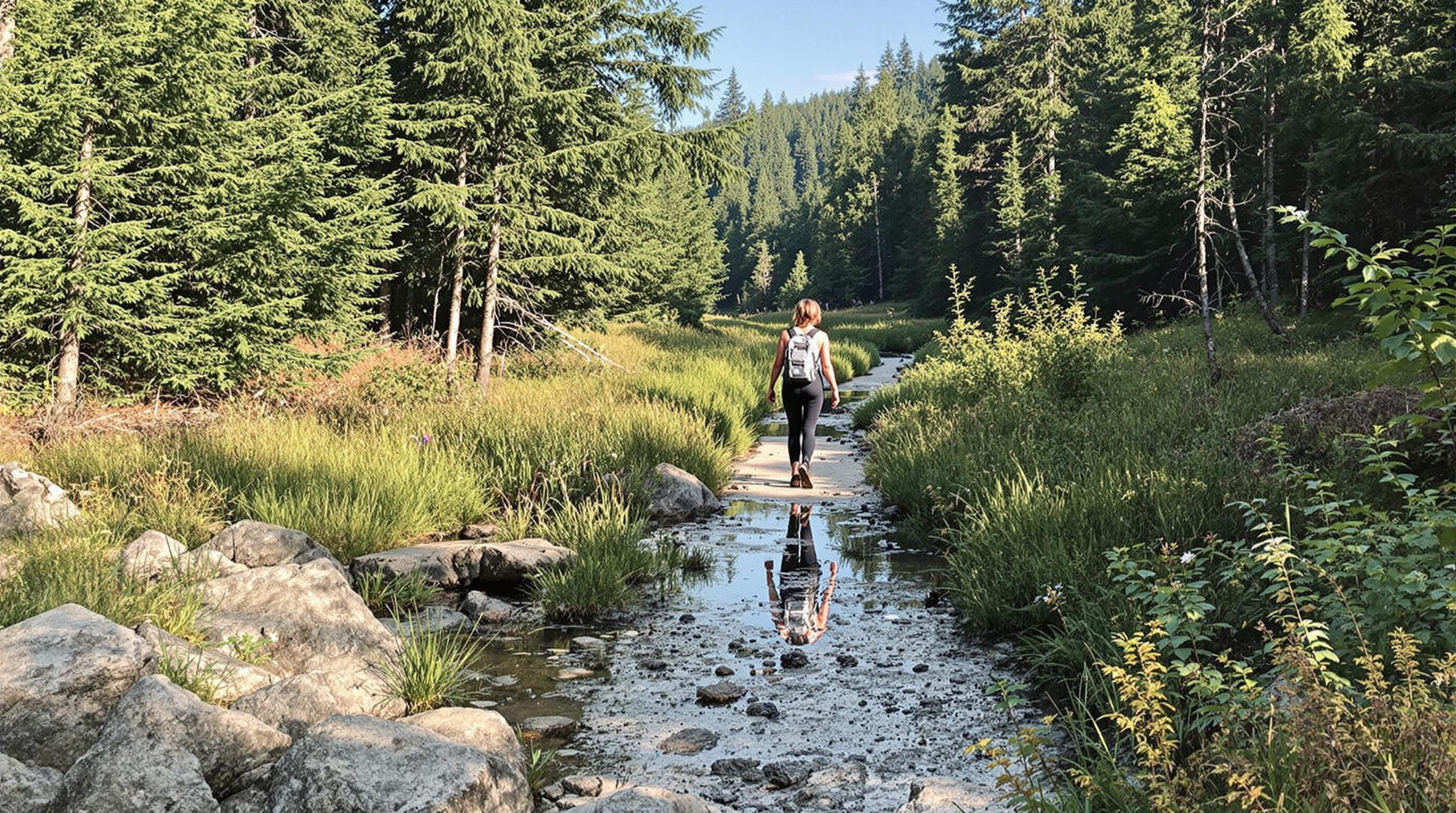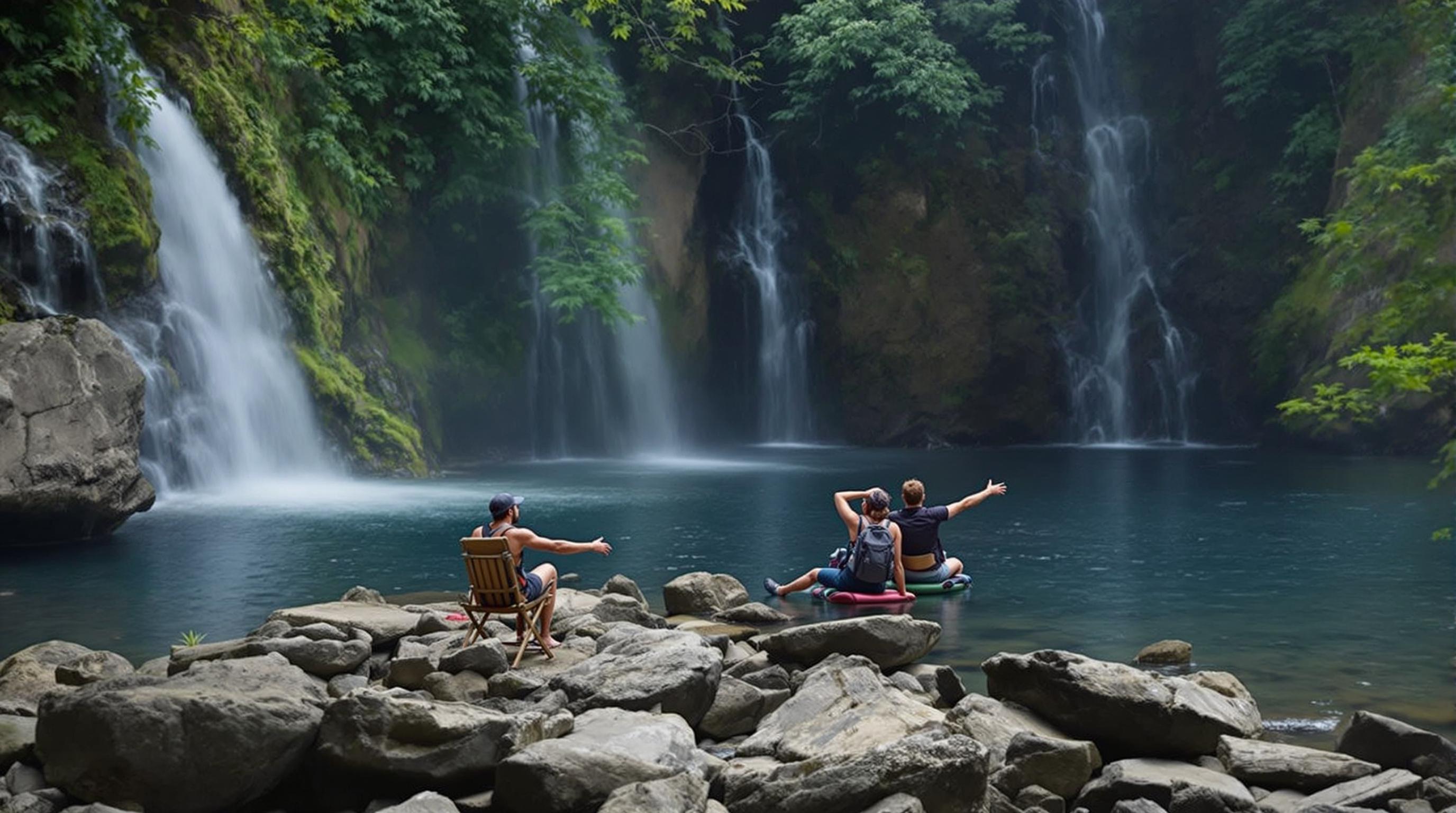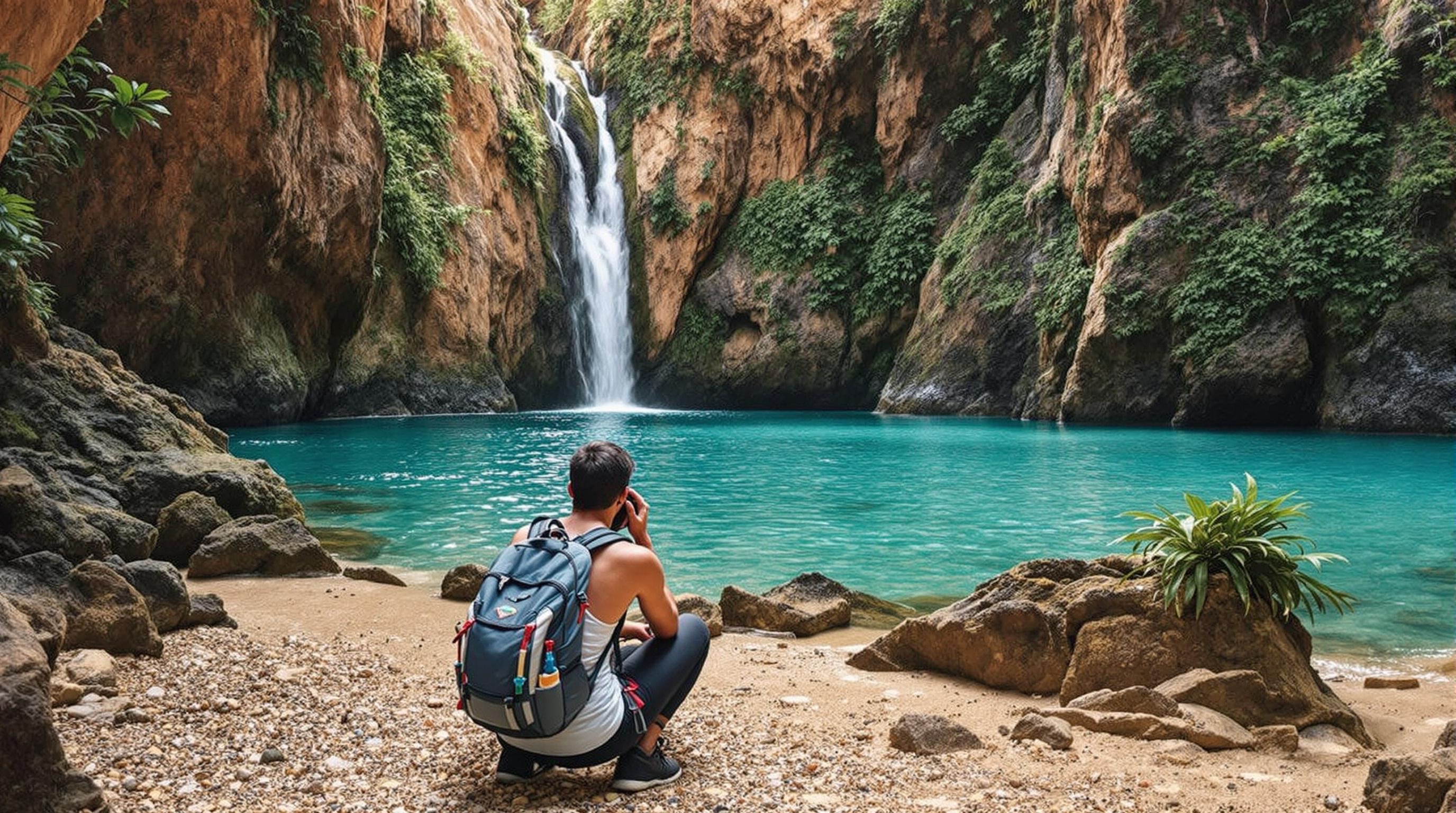Related Articles
- Uncharted Escapes: Navigating the Controversial Allure of Fringe Destinations and Their Untold Stories
- Uncharted Realms: The Surprising Intersection of Urban Legends and Adventure Travel in Offbeat Locations
- Curious Chronicles: Bizarre Transport Innovations Shaping Uncommon Explorations Across Unvisited Trails
- The Forgotten History of Eco-Adventuring: Learning from Indigenous Practices for Modern Exploration
- The Hidden Impact of Eco-Conscious Adventure Games on Environmental Education and Community Resilience
- Uncommon Routes: The Unexpected Appeal of Ghost Town Hikes in Eco-Friendly Exploration
Uncommon Routes: The Unexpected Appeal of Ghost Town Hikes in Eco-Friendly Exploration
Uncommon Routes: The Unexpected Appeal of Ghost Town Hikes in Eco-Friendly Exploration
Ghost town hikes represent a unique blend of adventure and history, allowing eco-conscious explorers to immerse themselves in nature while uncovering forgotten narratives. The unexpected appeal lies in the stories etched into the ruins, offering both an escape from the mundane and a rich tapestry of human experience.
Unearthing History: The Allure of Abandoned Places
Why do ghost towns evoke such intrigue? Perhaps, it’s the whisper of the past carried on the winds that sweep through crumbling facades and rusting machinery. According to a survey by the Pew Research Center in 2021, approximately 72% of Americans express a curiosity about history, making the exploration of ghost towns an enticing option for individuals craving both adventure and education.
Eco-Friendly Exploration: A Boon for Sustainability
In a world increasingly attuned to sustainability, ghost town hikes provide a perfect escape that aligns with eco-friendly ideals. These hikes encourage minimal impact on the environment while promoting awareness of conservation. Hiking can reduce one’s carbon footprint, as the American Hiking Society reports that about 60% of hikers prefer to leave only footprints behind. Many ghost towns are situated in remote areas teeming with natural beauty, thereby allowing hikers to appreciate diverse ecosystems.
The Best Ghost Towns to Discover
There are numerous ghost towns across the United States, each with its own story to share. One notable example is Bodie, California, a former gold mining town that boasts a hauntingly beautiful landscape and preserved structures. It is now a state historic park, attracting eco-conscious adventurers eager to tread lightly while soaking in the past. Another site is Bannack in Montana, where the echoes of the Wild West can still be felt. Statistically, 90% of visitors to ghost towns report feeling a connection to history and culture, making it an enriching experience.
Planning Your Ghost Town Hike
The secret to a successful ghost town hike lies in preparation. Armed with a map that details the trails and sites, hikers can immerse themselves in the historical context of their surroundings. Before you set out, ensure to pack eco-friendly essentials: reusable water bottles, biodegradable snacks, and responsible cameras for capturing those Instagram-worthy moments without leaving a trace. While exploring, stick to established paths to mitigate impact on the delicate ecosystems you encounter.
Economics of Ghost Town Hikes
Engaging in ghost town hikes may also prove an unexpected boon for local economies. Many forgotten locations, like the once-thriving mining town of Goldfield in Nevada, now welcome curious souls. In fact, tourism associated with ghost towns has seen a growth of approximately 15% annually over the past decade, invigorating local businesses and lodging ventures. In this sense, eco-exploration transcends personal enjoyment to result in community revitalization.
A Day in the Life of a Ghost Town Explorer
Imagine this: waking up to the sound of birds chirping, packing your backpack with goodies, and setting off towards an eerie, yet picturesque landscape. As the sun rises, you tread down forgotten paths lined with remnants of machinery and rusted carts that once carried the dreams of gold miners. Along with fellow hikers from across the country, you share stories, breathe in fresh air, and capture moments that breathe life into the lonely ruins.
Fun Facts and Quirks
Did you know that the ghost town of Centralia, Pennsylvania, has only a handful of residents left due to an underground mine fire that ignited in 1962? Despite its decline, curious wanderers still flock to the infamous graffiti-covered road, showcasing the allure of ghost towns as places of curiosity and exploration. Interestingly, 40% of those who hike ghost towns report an increase in outdoor activity as a positive side effect—talk about a win-win!
The Risks Involved
Before you throw on your hiking boots and dash off, let’s acknowledge the inherent risks of exploring ghost towns. Buildings may be structurally unsound, and adventurous explorers often find themselves confronting wild animals. According to data from the National Park Service, urban explorers tend to sustain injuries in 15% of cases while in abandoned structures. It’s vital to prioritize safety, explore in groups, and respect any “No Trespassing” signs you encounter.
A Personal Account: Lessons from the Trail
A few years ago, I found myself meandering through the dilapidated remains of a ghost town in the Mojave Desert. It was a cool autumn day, the kind that beckons outdoor enthusiasts to explore. As I stepped inside an old general store, the wooden floor creaked under my weight, whispering stories of families who once thrived there. I discovered rusty tins and dusty shelves, remnants of lives lived decades ago. The solitude was profound, inspiring a contemplative trek through history.
Deepening Connections: Nature and Place
Exploring ghost towns has the potential to deepen one’s connection with both nature and history. The juxtaposition of nature reclaiming what humans once built is strikingly magical. Veggies sprout through cracked asphalt; vines curl around forgotten fences. Every corner turned tells a tale, and every crack in the wall whispers the stories of those gone by. In appreciating such histories, we learn the invaluable lesson of preservation and respect for the environments we build on.
Tips for Eco-Friendly Exploration
As courageous explorers, committing to eco-friendly practices can contribute to the sustainability of ghost towns and their surroundings. Firstly, practice the Leave No Trace principles: pack out what you bring in, stay on marked paths, and ensure no flora or fauna is disturbed. Visiting during off-peak seasons can also help minimize impact on local ecosystems, allowing nature and history to flourish simultaneously.
The Role of Photography in Ghost Town Exploration
Photography plays a heavy role in documenting the atmosphere that ghost towns emit. For many, capturing images allows for the sharing of these special experiences without necessarily impacting the environment. Social media platforms have become a canvas for showcasing not just the haunting beauty of these locations, but also inspiring the next generation of eco-explorers and historians. Indeed, hashtags like #GhostTownHiking have amassed over 2 million posts, attesting to the growing popularity.
Conclusion: Embrace the Eclectic
Ultimately, ghost town hikes offer an eclectic mix of adventure, education, and nature appreciation. They allow individuals of all ages to embrace a new form of exploration while fostering an appreciation for history and sustainability. By forging connections to the past, respecting nature, and amplifying local economies, ghost towns can be sought after destinations not only for their unique aesthetic but for the deep stories they hold. So whether you’re a 16-year-old thrill-seeker or a 70-year-old history buff, consider setting forth on an uncommon route; the ghost towns may just whisper their secrets into your adventurous heart.





